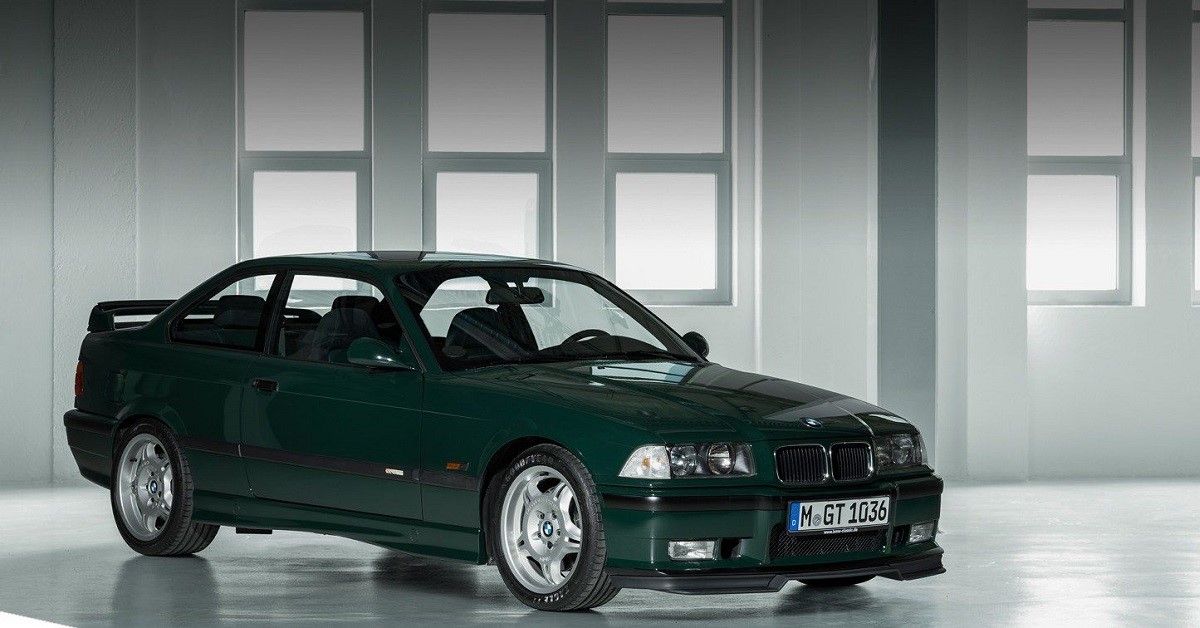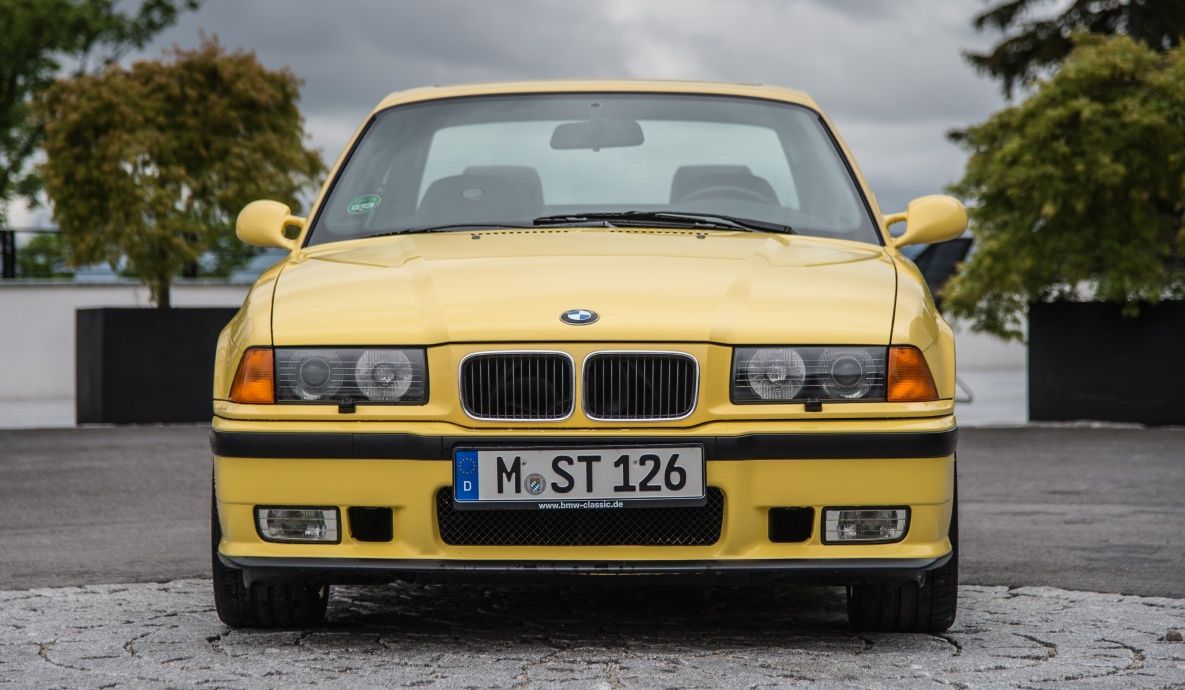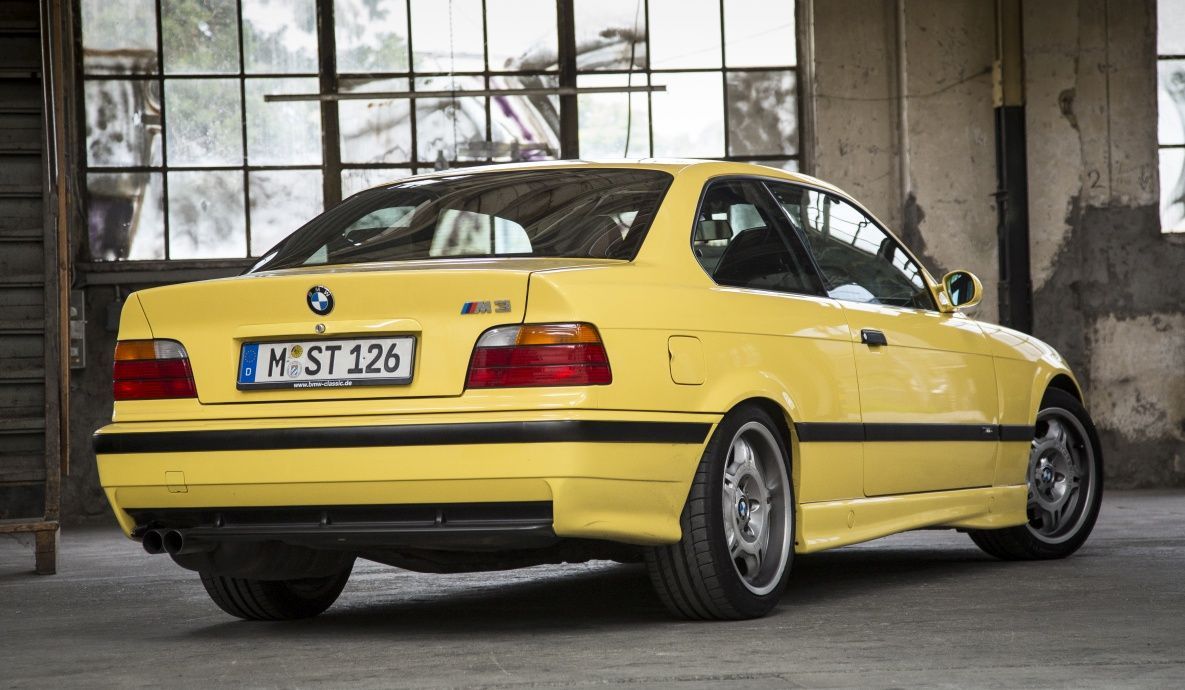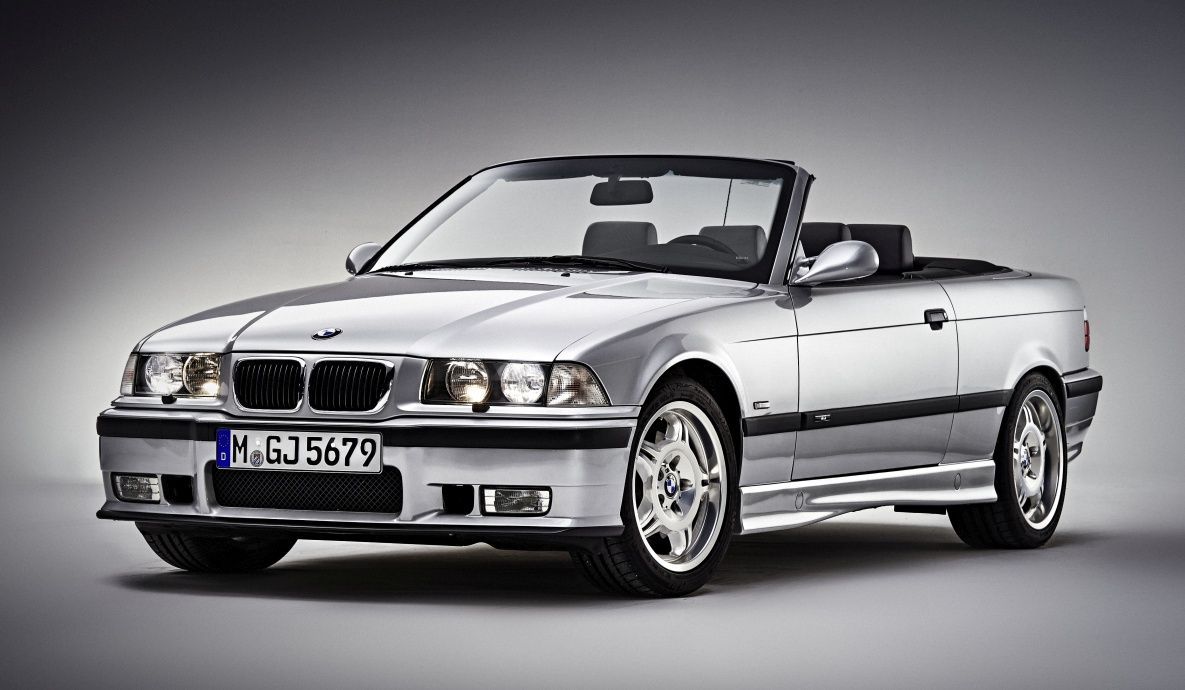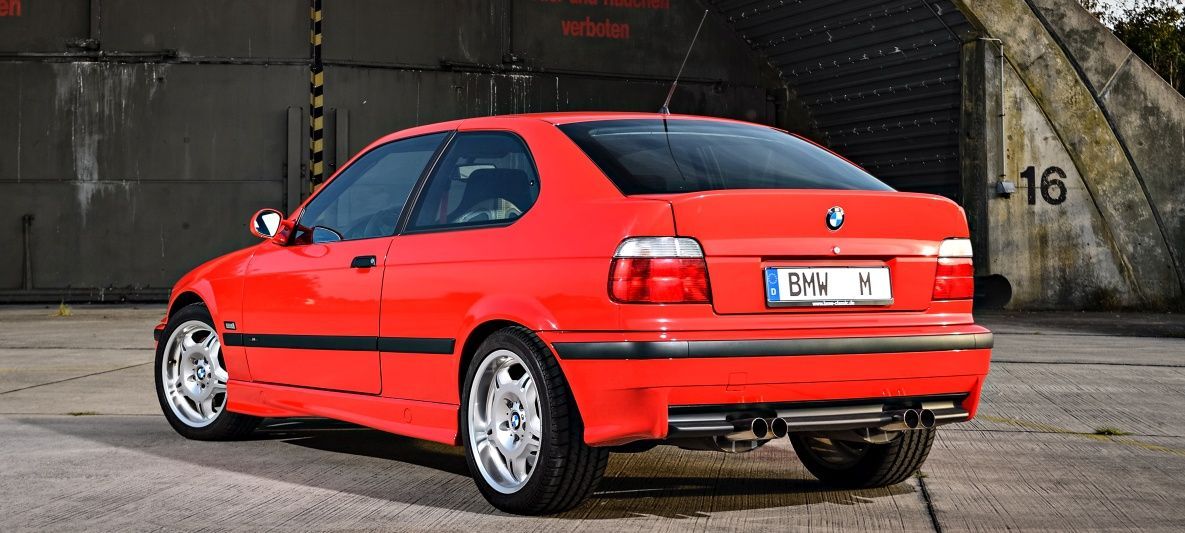BMW’s 3 series is BMW’s biggest seller – surprising given the trend for crossovers and SUVs is in no way in decline – and for many it is the quintessential premium sedan from a company responsible for some truly great driver’s cars.
The BMW M-Division is the force behind the M3 series, the most focused and highest-performance variants of the standard 3-Series models.
It was in 1985 that the original BMW M3 was unveiled to the world, a car born out of a homologation program and one which would be the first chapter in the ever-expanding legacy of the special 3-Series.
That car was groundbreaking for its handling, performance, and design – but BMW then followed it up 6 years later in 1992 with the second BMW M3 – the E36 M3.
This new car improved on that classic recipe in many ways and today the E36 is a sought-after legend; with examples even owned by the late Paul Walker.
The Classic E36 BMW M3 Is A German Sports Sedan Legend
In 1992 the second generation M3 arrived with a new engine – this time it was a six-cylinder.
The 3-Series changed quite a bit from E30 to E36 – the exterior lights and front grill were different, and the rear was also distinct, plus the interiors were updated; but the engine was the focus, especially in the M3.
What started as a 200-238 hp 2-liter and 2.3-liter in the E30 M3 became a 3-liter and later 3.2-liter in the E36 M3, which made from 286 hp, a healthy figure for 1992.
Considering the E36 M3 made 286 hp from a 3-liter without the use of a turbo is noteworthy – but it was also a marvelous piece of engineering for the time.
It featured the debut of the ‘VANOS’ system that according to BMW “always adjusts the camshafts in such a way that maximum torque is available both in the partial load range and under full load”.
BMW’s E36 M3 Is A Solid Performer And A Natural Evolution Of The E30
Although the E36 had moved on in leaps and bounds from the E30 with a more practical and ‘everyday driver’ quality to it, it was still based around the engine first and foremost and was designed to reflect its motorsport heritage.
With aerodynamically engineered wing mirrors, a 3-centimetre-lower chassis and more, it was a performance-focused car, the 0-60 mph time was also achievable in about 6 seconds, only a second behind an R34 Nissan Skyline GT-R or Ferrari 456, cars which would debut later.
Taking into account its high-power output per liter and other innovations, the E36 M3 was certainly competitive for the time and arguably still very entertaining to drive today.
The combination of an atmospheric engine, manual gearbox (an automatic came later for the E36), and that retro, muscular styling seems very tantalizing indeed in 2022.
The Updated E36 BMW M3 Is A Great Classic German Super Sedan
In 1995, the powers-that-be at BMW AG in Munich decided to update the second-generation BMW M3, keeping the ‘E36’ moniker and making some updates; on the outside there were few changes, but inside, there was a new six-speed manual gearbox and the option of a sequential six-speed automated manual.
Included in these updates was the headliner: a new engine; a 3.2-liter to be exact, with more power, about 321 hp.
This enabled the car to reach 60 mph in 5.5 seconds, faster than a Ford Mustang SVT Cobra R.
Somewhat predictably, just before the new face lifted car, BMW had already sought to drum up even more publicity and further improve the E36 M3 – creating the BMW M3 GT in 1994, just before the new, face lifted and improved 3.2-liter M3
In fact, this new M car “was derived as a homologation model from the FIA GT Series, the Division II and the IMSA GT Series”, according to BMW.
The upgraded car had a modified version of the pre-facelifted 3-liter engine, producing more torque and more power – 295 hp; it was only produced in 356 examples and Hollywood star Paul Walker allegedly had various E36 BMW M3 GTs in his possession – rare, coveted and valuable as they were.
The E36 BMW M3 In 2022 As A Used Purchase
Interestingly, BMW also had looked at the BMW 3-Series Compact as a source of inspiration – creating a concept that used the Compact’s shortened footprint as the basis for an M3, but it never left the R+D stage of development.
Nowadays, the E36 M3 is a modern classic, but values have not taken off to the degree that you might expect – according to Classic.com’s average sale price report of 442 E36 BMW M3 sales, the average was $23,500, a little less than the average for the subsequent E46 BMW M3’s value of $29,000 based on 710 sales.
It’s a car which should be relatively inexpensive to run and maintain at least for now, although in the long run parts could become harder to obtain.
But the 3-liter and 3.2-liter engines were reasonably robust and the E36 cars’ styling has aged well enough over the last few decades.
In 2022, this car is one of the greats, one which every gear head should be able to try at least once; with each year that passes the E36’s sports car recipe becomes ever more appealing; a raw, quick and unassisted drive that was designed with a combination of motorsport and driver enjoyment combined.
They don’t make them like they used to, and for now this car looks like a bargain; get one while you can and see what the fuss is about.

